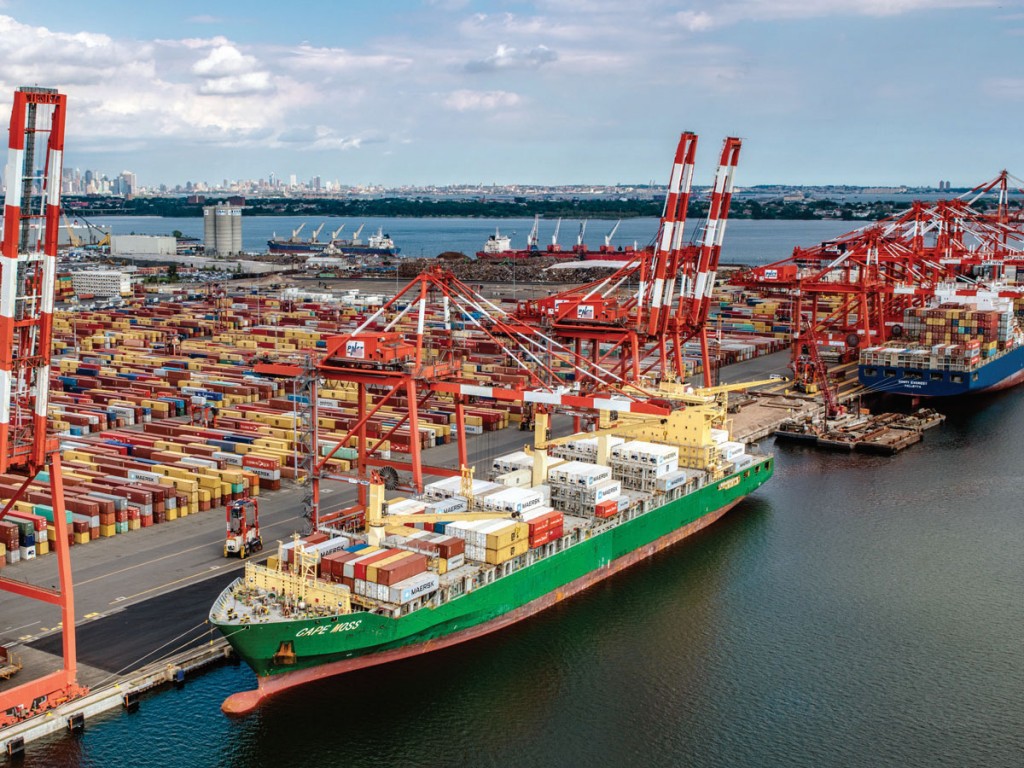Business, Economy Strong
‘Yes’ to Big Ships
As the Port of New York and New Jersey assumes the No. 2 ranking among all U.S. containerports, leaders of the bistate port are confident in abilities to efficiently accommodate further record volumes via increasingly large boxships for decades to come.
In a wide-ranging joint interview with AJOT, Sam Ruda, midway through his first year as the Port of New York and New Jersey’s director, and Bethann Rooney, the port’s deputy director, share their views on the port’s present successes and future prospects – including potentially doubling cargo throughput over the next 30 years.

With recent and near-future investments from the port and private industry partners totaling more than $11 billion – already delivering a 50-foot-deep channel and enhanced air draft – the Port of New York and New Jersey is looking to its newly unveiled Port Master Plan 2050 to help set the course for future generations.
As the saying goes, whoever is No. 2 must try harder, and the New York/New Jersey port is continuing to do so, including through expanded stakeholder collaboration.
Business, Economy Strong
“Business is strong; the economy is strong.” said Rooney, a three-decade industry veteran who in April was promoted from assistant director. “All of the things that make New York/New Jersey attractive and viable are all in place and working well.
“The Chinese tariffs and the trade wars and the shifting in manufacturing certainly help in terms of our record and strong volumes,” she added. “And the fact that we, unlike other ports in the country, are able to service all corners of the world certainly helps us.”
Ruda, who became the Port of New York and New Jersey’s director in April after five months as interim director following departure of Molly Campbell to pursue a Harvard University fellowship, said he is pleased with the advance to No. 2 ranking, adding, “We’ve got to act like it.”
In the past year, New York/New Jersey, long the highest-volume boxport on East and Gulf coasts, has moved ahead of the Port of Long Beach in containerized cargo throughput, ranking behind only Southern California’s busiest containerport, the Port of Los Angeles.
Ruda, who served two years apiece as assistant director and deputy director of the New York/New Jersey port after 11 years in senior management at the Port of Portland, Oregon, said his three decades of industry experience, including his time in Portland, have prepared him for his present position.
“Adjusted for size and scale, the issues that you encounter are not dissimilar,” he said. “I would say the major difference is, when you’re here in New York and New Jersey, you are really at the intersection of global commerce. You are really relevant. You don’t have to hunt for business opportunities.
“Our challenge is basically sifting through all the opportunities that we do have and making really good strategic choices, because, ultimately, we can’t say ‘yes’ to everybody,” Ruda said.





